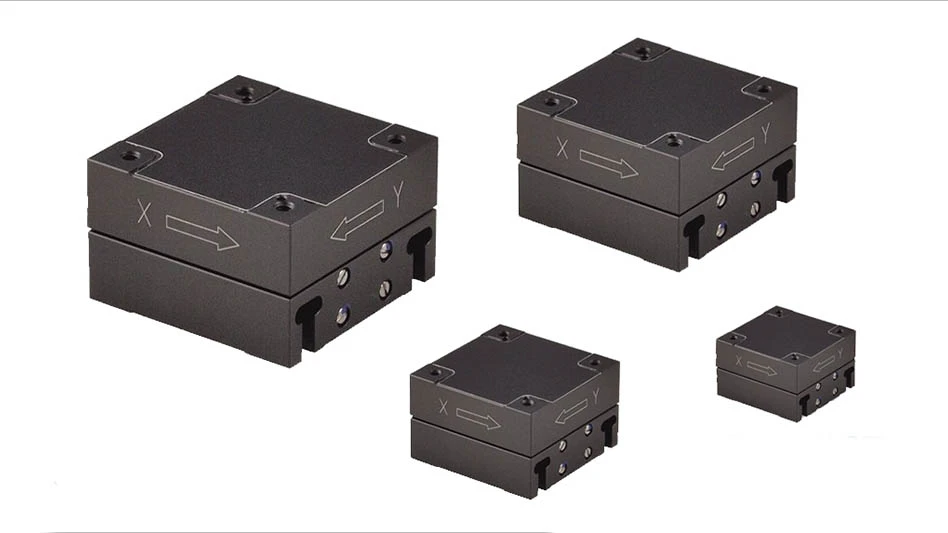
Credit: Electra.aero
NASA has awarded Electra.aero Inc. a contract to develop key technologies and aircraft concepts for next-generation commercial airliners that could enter service by mid-century. The award to Electra comes under NASA’s Advanced Aircraft Concepts for Environmental Sustainability (AACES) 2050 initiative, which is part of NASA’s ambitious research program to cement U.S. leadership in decarbonizing aviation.
NASA issued five awards, worth a total of $11.5 million, to four companies and one university. These new NASA-funded studies will help the agency identify and select promising aircraft concepts and technologies for further investigations.
John Langford founded Electra in 2020 with a specific mission to lead in the development of sustainable aviation technologies. Langford previously founded Aurora Flight Sciences in 1989, which Boeing acquired in 2017. In 2021 Electra developed a 150kW hybrid-electric aircraft propulsion system, and in 2023 began testing it in flight aboard the company’s two-passenger Ultra Short prototype aircraft. The prototype integrates proprietary aerodynamic designs and distributed-hybrid-electric propulsion to achieve ultra short takeoff and landing in distances as short as 150 feet. Electra is currently developing a nine-passenger version of the Ultra Short for introduction into passenger and cargo service later this decade. To date, Electra has more than 2,000 aircraft orders from 52 airline customers.
The larger focus of AACES is to develop technologies and aircraft concepts that significantly reduce carbon emissions from commercial aircraft. Electra is supported by a team that includes American Airlines, Honeywell Aerospace Technologies, Lockheed Martin Skunk Works, the Massachusetts Institute of Technology (MIT) Laboratory for Aviation and the Environment, and the University of Michigan Department of Aerospace Engineering. The team will be led by Dr. Alejandra Uranga, Electra’s chief engineer for research and future concepts. Uranga serves on the University of Southern California’s Aerospace and Mechanical Engineering Department faculty and previously co-led a NASA N+3 program while a research engineer at MIT.
“Being selected by NASA for AACES is an important achievement for Electra,” Uranga said. “It validates our unique concepts and their potential scalability. We are honored with this opportunity from NASA to step up to the major leagues and help build a sustainable future for air transportation.”
“This work is part of the research NASA conducts under its Advanced Air Vehicles Program,” said Barbara Esker, deputy administrator for programs under the Aeronautics Research Mission Directorate at NASA Headquarters in Washington. “This new collaboration will help NASA and the private sector deliver new technologies to fulfill our mutual goal of cleaner skies in the decades ahead.”
Lockheed Martin Ventures, Honeywell, and Safran are among Electra’s strategic investors along with the Virginia Innovation Partnership Corporation (VIPC), Statkraft Ventures, and other private investors. Electra’s contracted customers include NASA, the U.S. Air Force, the U.S. Army, and the U.S. Navy, along with more than 2,000 aircraft under Letters of Intent from 50+ commercial customers, including airlines and helicopter operators.
Latest from Aerospace Manufacturing and Design
- Talking machine tools with the professionals who build them
- Tools and strategies for improving your machining processes
- America Makes announces QTIME project call
- Innovation meets precision for 40% faster machining
- Upcoming webinar: Pro tips from a supply chain strategist
- Heart Aerospace relocates to Los Angeles
- Fixtureworks introduces Stablelock Clamps
- Piasecki acquires Kaman's KARGO UAV program





